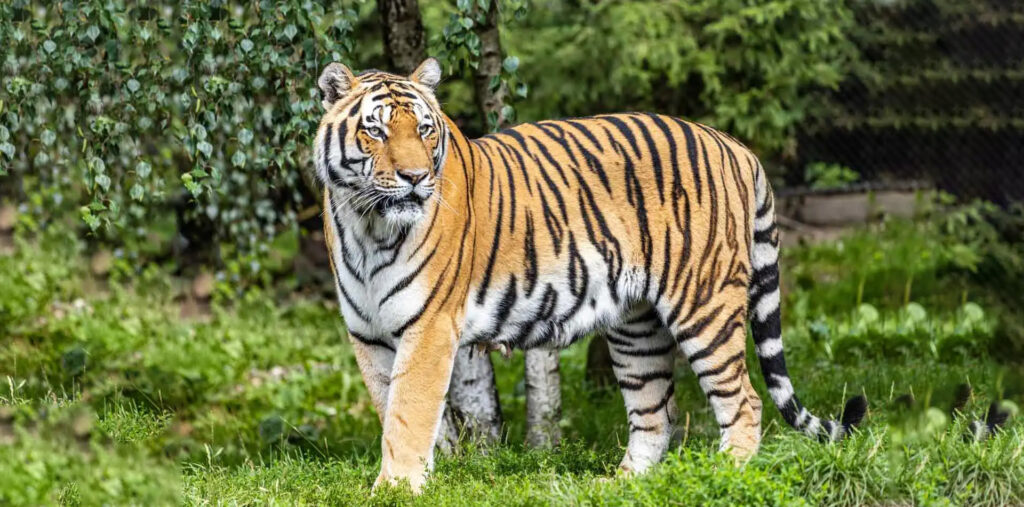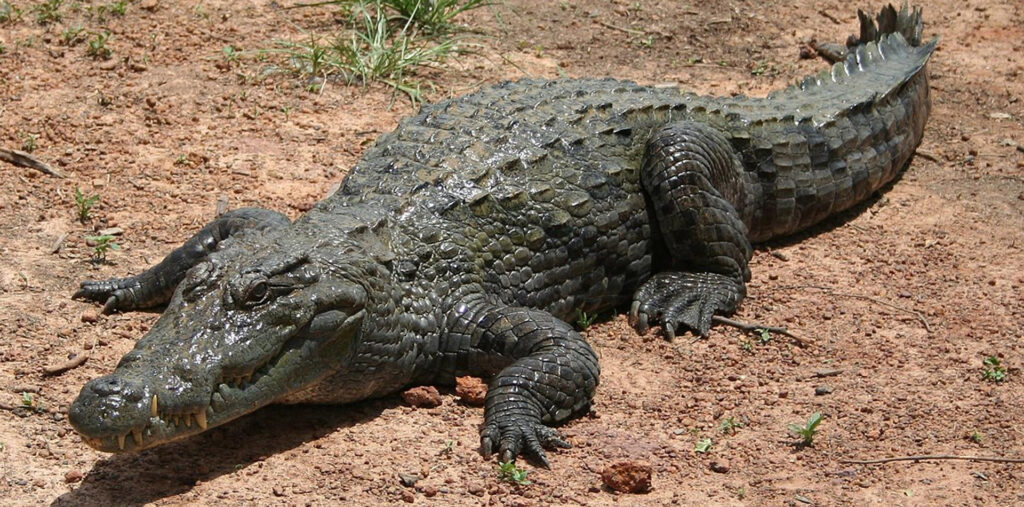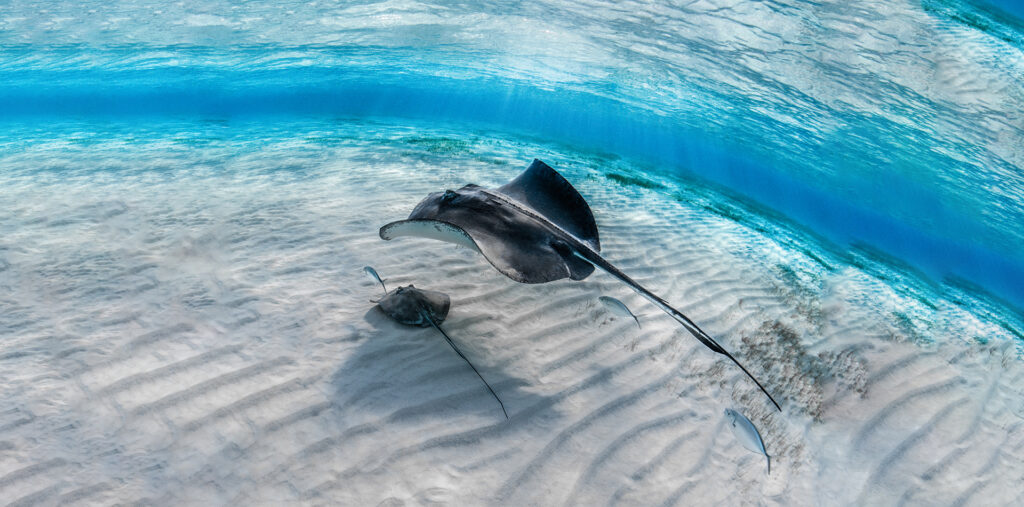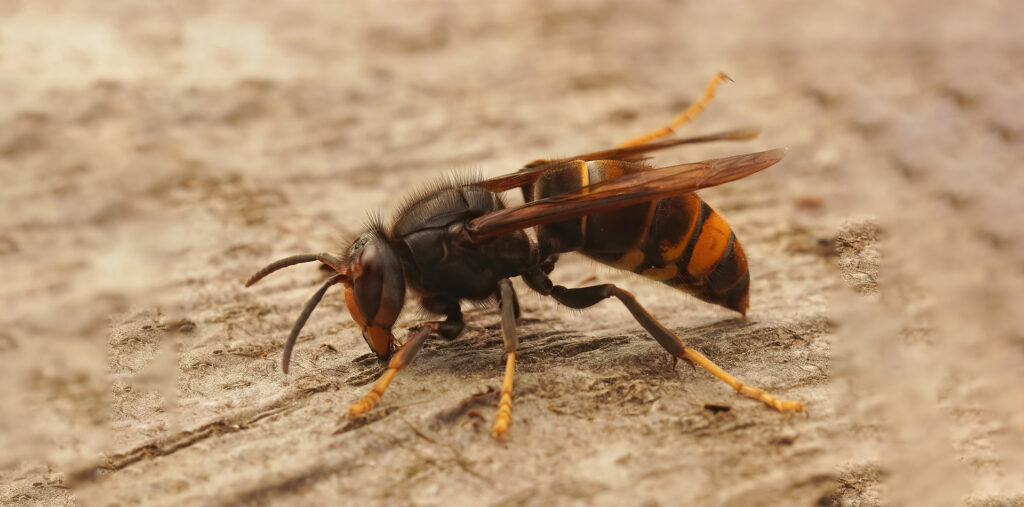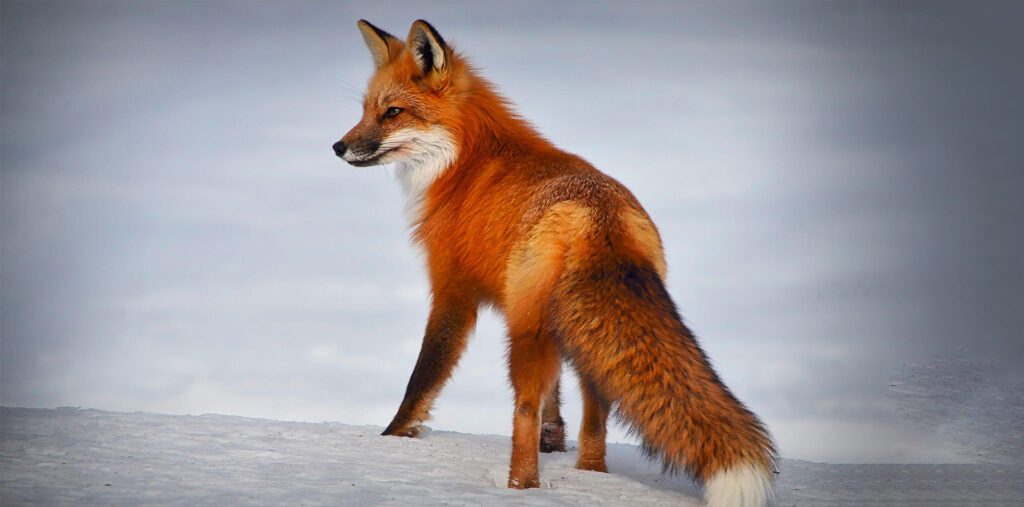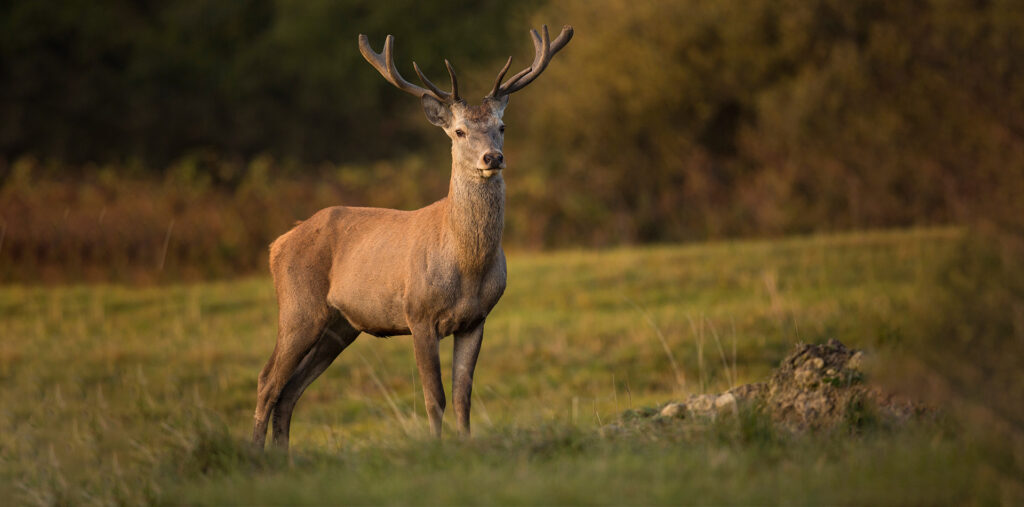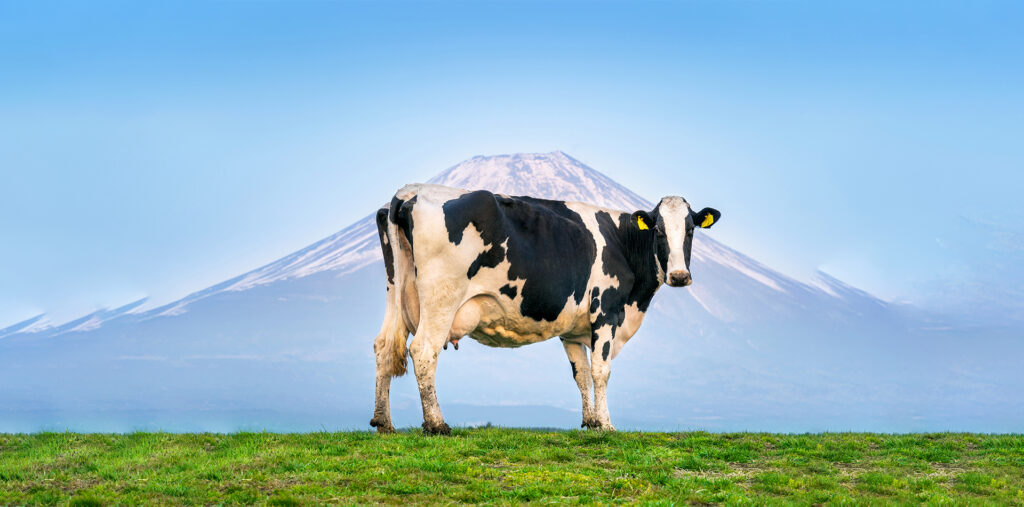Meet with Black Panther

Welcome to our captivating journey into the world of the black panther, a creature of mystery and elegance that prowls the jungles and forests of various continents. With its sleek black coat and piercing yellow eyes, the black panther commands attention and sparks curiosity among wildlife enthusiasts worldwide. In this “Unveiling the Mystique of the Black Panther: A Closer Look at Nature’s Stealthy Marvel” blog post, we’ll delve into the fascinating realm of the black panther, exploring its characteristics, habitat, and significance in the natural world.
The Myth of the Black Panther:
Contrary to popular belief, the black panther is not a distinct species but rather a melanistic variant of big cat species such as leopards and jaguars. Melanism is a genetic condition that results in an excess of dark pigment in the skin and fur, giving the animal a striking black coloration. Despite its name, the black panther is not a separate species but rather a remarkable adaptation that provides camouflage and stealth in its forested habitats.
Habitat and Distribution:
Black panthers are found in various regions across the globe, including Africa, Asia, and the Americas. In Africa, melanistic leopards are commonly referred to as black panthers and inhabit dense forests, savannas, and mountainous regions. Similarly, melanistic jaguars in Central and South America are often known as black panthers and thrive in lush rainforests and swamps. These elusive cats are well-adapted to their environments, using their dark coats to blend seamlessly into the shadows and hunt with precision.
Physical Characteristics:
The black panther’s most striking feature is its jet-black fur, which provides excellent camouflage in the dense undergrowth of the forest. Beneath its sleek exterior lies a powerful and agile predator equipped with razor-sharp claws, keen senses, and lightning-fast reflexes. Despite their stealthy appearance, black panthers are skilled climbers and swimmers, capable of navigating their habitats with ease.
Conservation Status and Threats:
Like their spotted counterparts, black panthers face numerous threats in the wild, including habitat loss, poaching, and human-wildlife conflict. Deforestation and fragmentation of their natural habitats pose significant challenges to their survival, as does the illegal wildlife trade. Conservation efforts aimed at protecting black panther populations and their habitats are crucial for ensuring their long-term survival and maintaining the ecological balance of their ecosystems.
The black panther embodies the essence of stealth, grace, and resilience, captivating the imagination of people around the world. By learning more about these magnificent creatures and supporting conservation initiatives aimed at protecting their habitats, we can ensure that future generations will continue to marvel at the beauty and majesty of the black panther in the wild. Together, we can help preserve this iconic symbol of the natural world for generations to come.
